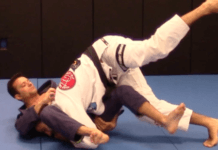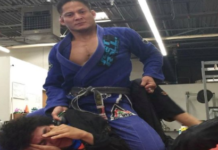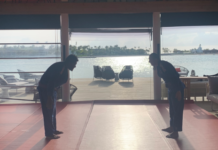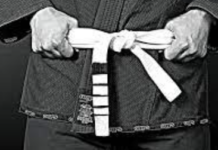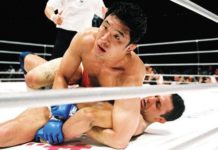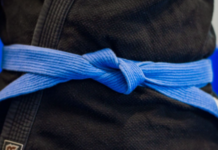Like all combat sports, the chances of you getting injured in BJJ are high if you do not take care of the safety or are just hasty. It is better to spend some time and effort in taking precautions rather than getting injured and sitting at home or at the hospital for weeks; it does not do you any good because of the time wasted. Read on below on how you can make your BJJ sessions safer in our 5 Steps to Avoid Injuries in BJJ.
How to Avoid Injuries in BJJ
Have a Good Warm Up
Warming up is the most essential thing to do before you start any kind of intense workout. In the case of BJJ, expect to have a lot of strain on your muscles because of all the heavyweight you will be lifting, delivering, or taking hits and extending your limbs to their maximum length. It is necessary for your muscles and joints to get used to the movements before you move on to the extreme variations that the BJJ routine has. Having a good warm-up helps you avoid injuries by saving you from sprains or muscle tears that could be caused by sudden pulls or overloading of weight. Not only that but warming up also increases blood flow in the limbs so that you can be more active when performing your movements. Read more about BJJ warmup. Also, a good idea would be the use of foam roller.
Perform Moves and Techniques Properly
Another most common way to get yourself or others injured is to force yourself in accomplishing a move without maintaining proper form. People often find themselves being the victim of these mistakes just because they think they are not making any progress despite spending so much time in the dojo as compared to others. It should be realized that no one becomes a master after a day or two of BJJ, it takes time to properly hone your skills and everyone moves at their own pace. Rather than risk an injury that could be fatal, you should always seek to practice a particular move or technique, dummies help, until you are able to perform it correctly.
Make Use of Protective Gear
Before you get the idea that using protective gear is a hindrance to developing your skillset to the maximum in comparison to using no gear at all, know that gear allows you to train much safer and if you are already injured, allows you to train around those areas. It is also worth mentioning that not all protective gear acts as a barrier to mastering your BJJ techniques, it depends on how you approach it. If there is a certain aspect you want to train and you think that a specific gear piece is causing a problem, then remove it but the people who make them have designed them with BJJ in mind, they act as a boost rather than a barrier. Most common BJJ protective gear includes:
Choose the Correct Training Partner
Choosing the person who you will be sparring with is an important decision to make and it can me crucial in avoiding injuries in BJJ. You would ideally want to practice on someone on your level or slightly above so that you can learn how to perform moves, refine them, learn what you need to improve. Having a stronger or adept opponent can often cause you an earlier defeat and leave you confused as to what you are doing wrong, it can even lead to you spending training an area that you think was the problem but it wasn’t. Do not train with the people you think are unsuitable for your improvement or are known to be clumsy when it comes to submissions; this is also the reason to not roll with new practitioners if you are an experienced athlete.
Include Strength Training
BJJ involves grappling, overpowering and a lot of other things that involve great exertion of strength along with the stress being put on the muscles. To become more comfortable with your moves, you need to develop your strength which is done by training your muscles with weights, either your body weight, free weights or machines will do. Additionally, strength training also develops your fortitude, in other words, your pain tolerance because you will be experiencing some heat when you sit down and lift those weights for a specific amount of repetitions. This fortitude will also come in handy when you are taking those strikes from your opponent or are locked in a submission. Lastly, greater strength allows for easier execution of moves without the distortion of your form.
BJJ strength training examples:
- Back to basics – 5×5 Strength Protocol for BJJ & MMA
- Bodyweight Workout for BJJ Practicioners
- Kettlebell Training for BJJ, Grappling and MMA
- Bjj Strength and Conditioning Program – Example




